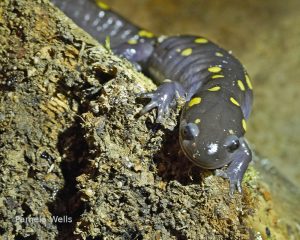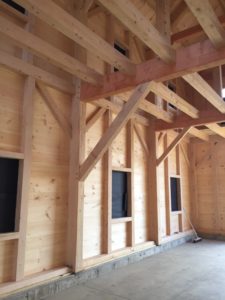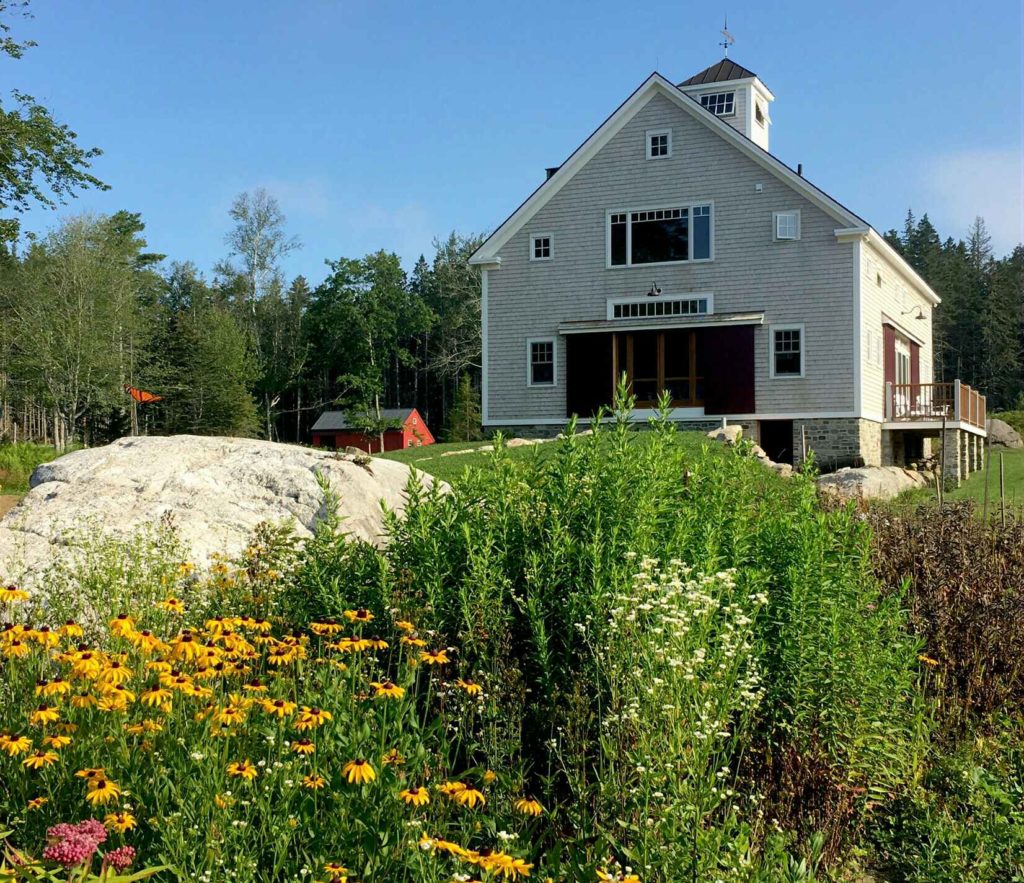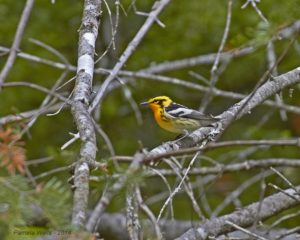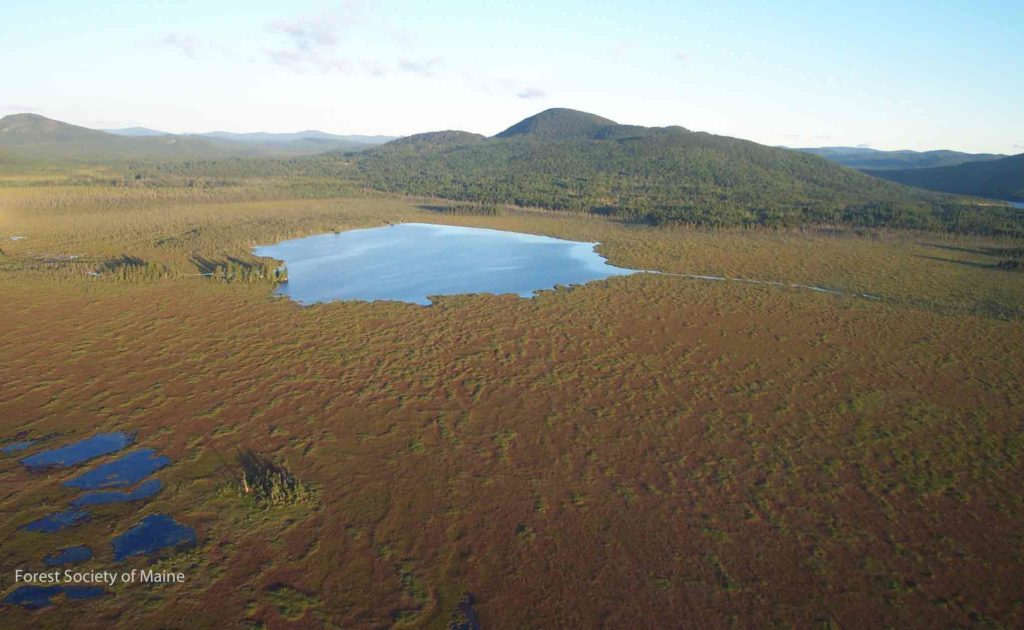FSM is fortunate to have friends that have made an annual gift for decades in support of our ongoing work. And many of these same folks, along with others, make special gifts on occasion—either in support of a specific project or in memory of a friend. These gifts are being made via check, credit card, stock, or retirement distributions.
A few of these same people informed us that FSM has been included in their estate plans. (Just in the past two years FSM has benefited from planned gifts which are allowing us to launch a summer internship program and other special projects). Some people choose a bequest; other people name FSM as a beneficiary of life insurance or a gift annuity. Each wants to leave a legacy in support of work they believe in. The Forest Society of Maine recognizes them as members of the Attean Circle, so named because the Attean lands were the foundation for FSM’s beginnings and now Attean Circle members are fortifying that base for the future.

Each person has their own reasons for valuing FSM’s work and for continuing support for that work after they pass. Whether you believe in conserving Maine forests for economic activity, cultural values, recreation, their wild character, or something else, have you considered leaving a legacy that will benefit future generations beyond your lifetime? If you are interested in including (or have already included) FSM in your estate plans, speak with your attorney and then let us know so that we can recognize your enduring commitment.
